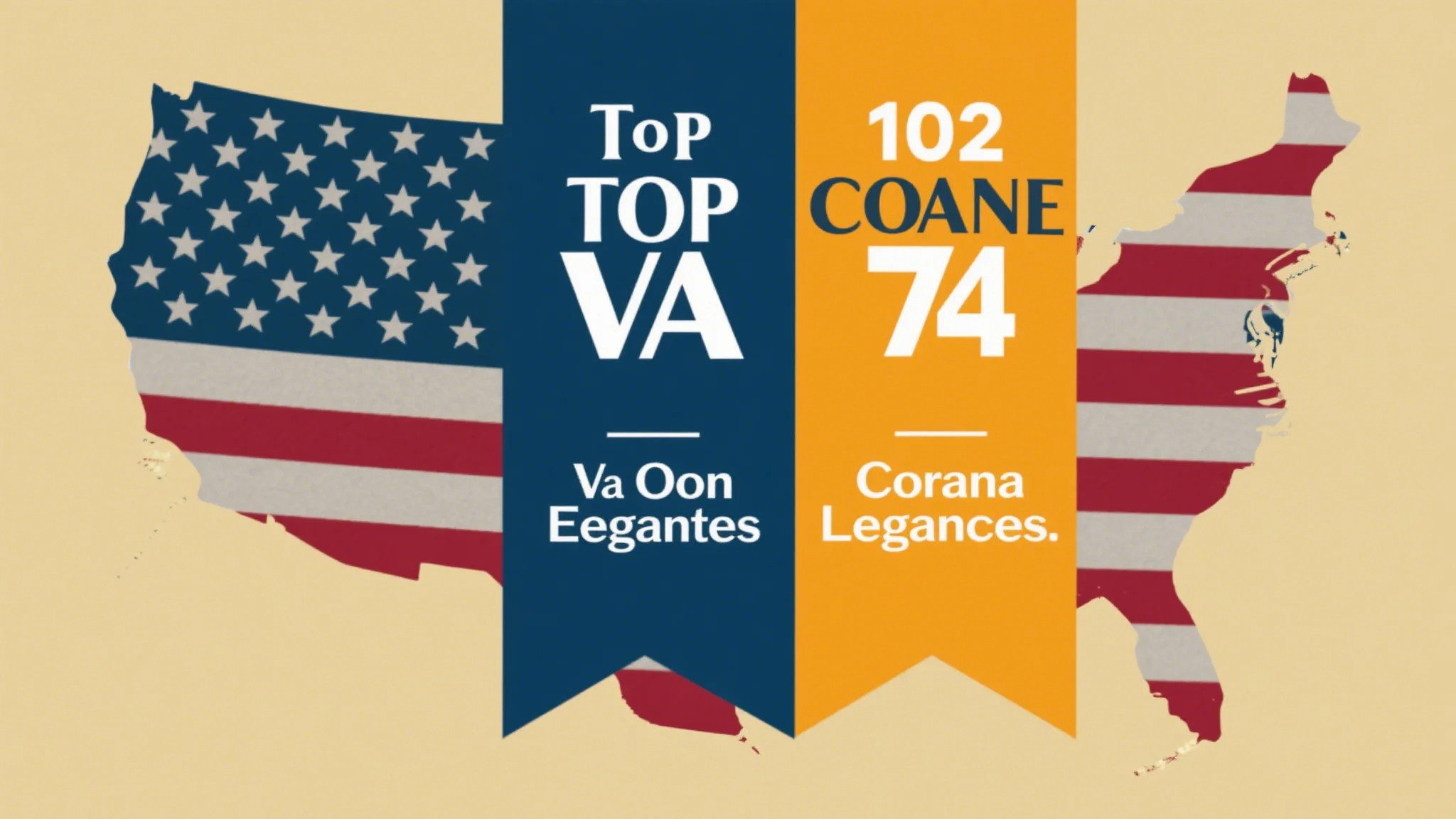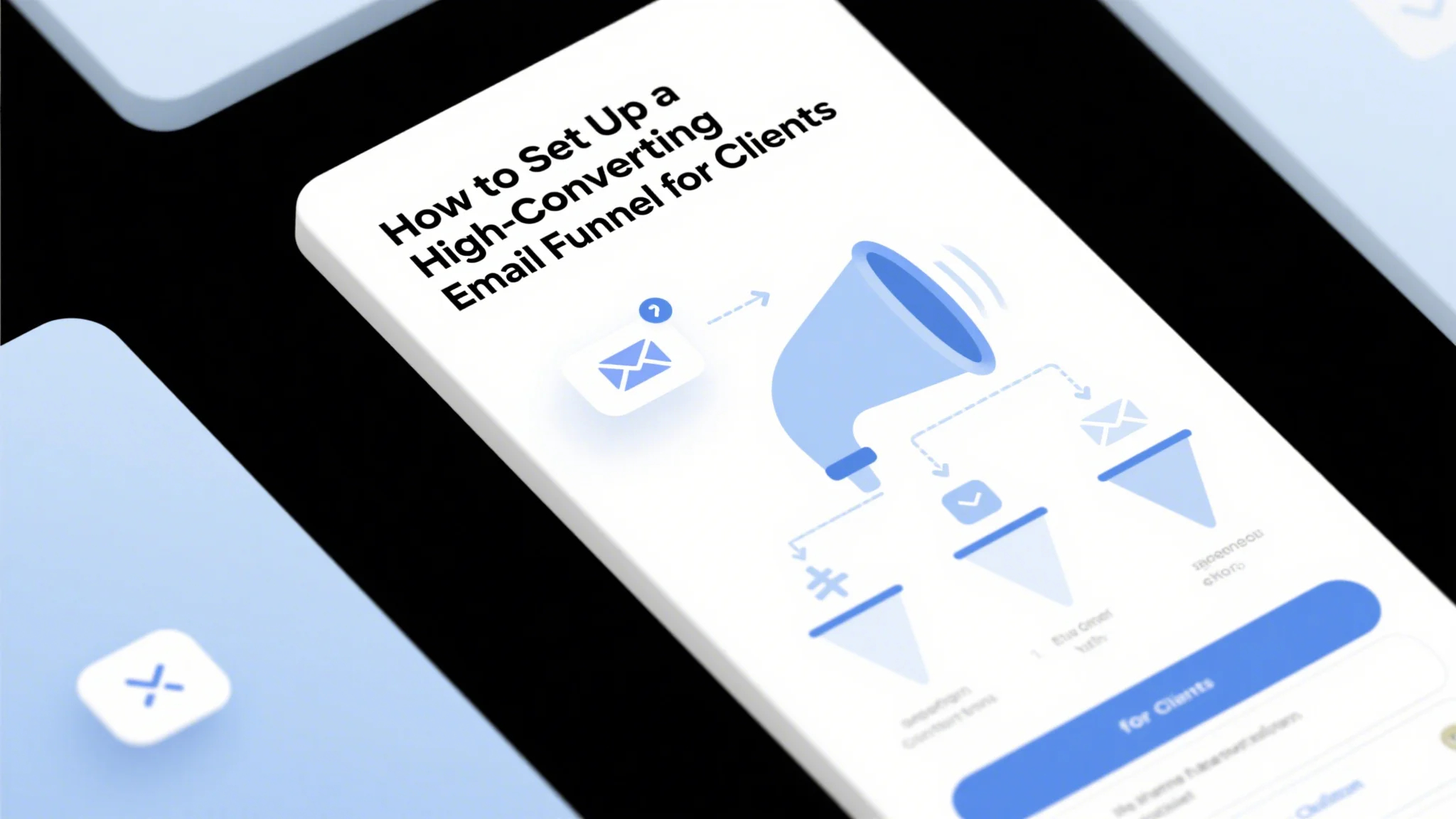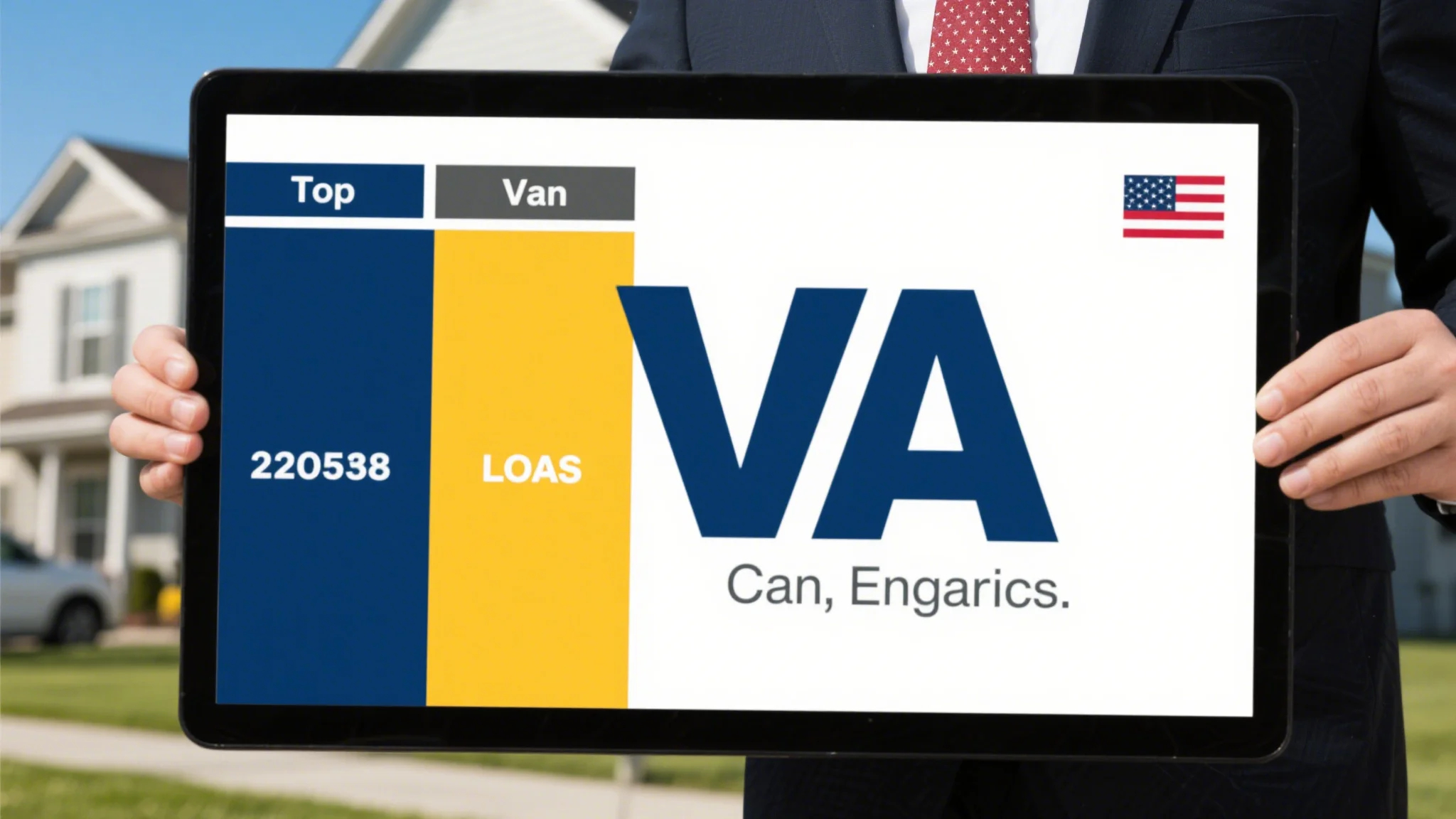When it comes to securing a VA loan, one of the most critical factors to consider is the interest rate. VA loans are a popular choice for military veterans and their families because they offer attractive terms, including no down payment and lower interest rates compared to conventional loans. However, the interest rates can vary depending on the lender, market conditions, and your personal financial situation.

To help you navigate the process of finding the best VA loan interest rates, it’s essential to compare offers from top providers. This ensures you get the most favorable terms and minimize the overall cost of your mortgage. In this article, we’ll break down how to compare VA loan interest rates, what factors influence them, and how to choose the right provider for your needs.
Understanding VA Loan Interest Rates
VA loans are backed by the Department of Veterans Affairs (VA), which guarantees a portion of the loan to reduce the risk for lenders. This backing often allows VA loans to have lower interest rates compared to other types of mortgages. However, the rates are not fixed across all lenders.
The interest rates for VA loans can be either fixed or adjustable. Fixed-rate loans maintain the same interest rate throughout the life of the loan, making them ideal for long-term stability. Adjustable-rate loans (ARMs) have a fixed rate for a set period (e.g., 5 or 7 years) and then adjust based on market conditions. While ARMs may offer lower initial rates, they carry the risk of increasing rates over time.
Factors That Influence VA Loan Interest Rates
Several factors influence the interest rates you qualify for:
Credit Score: Your credit score plays a significant role in determining your interest rate. A higher credit score typically qualifies you for lower rates.
Debt-to-Income Ratio (DTI): Lenders prefer borrowers with lower DTI ratios, as this indicates better financial stability.
Loan Term: The length of your loan can affect the rate. Shorter terms often have lower rates, but they require higher monthly payments.
Market Conditions: The overall mortgage market is influenced by economic factors like inflation and monetary policy, which can impact VA loan rates.
Lender-Specific Policies: Different lenders may offer varying rates and terms, even for VA loans.
Why Compare VA Loan Interest Rates?
Comparing rates from multiple providers is crucial because even a small difference in interest rates can significantly impact the total cost of your loan over time. For example, a 0.5% lower rate on a $200,000 loan could save you thousands of dollars in interest over the life of the loan.
By shopping around and comparing rates, you can find the best deal that suits your financial situation. It’s also essential to consider additional costs, such as closing fees and origination fees, which can add to the overall expense.
When comparing VA loan interest rates, it’s not just about finding the lowest rate. You need to evaluate the overall value each lender offers, including their reputation, customer service, and additional benefits. Here’s how to approach the comparison process effectively.
Step 1: Research Top VA Loan Providers
The first step is to identify the top VA loan providers in your area. Some well-known lenders include Veterans United Home Loans, Navy Federal Credit Union, and Guaranteed Rate. These lenders often have experience working with VA loans and may offer competitive rates.
You can also check the VA’s official website for a list of approved lenders. Additionally, online platforms like Zillow or LendingTree allow you to compare rates from multiple lenders in one place.
Step 2: Request Quotes
Once you’ve identified potential lenders, the next step is to request quotes. Be prepared to provide detailed financial information, including your credit score, income, and debt history. This will help lenders assess your eligibility and offer personalized rates.
It’s a good idea to request quotes from at least three lenders to get a clear picture of the rates and terms available to you.
Step 3: Evaluate Additional Costs
While interest rates are a key factor, don’t overlook other costs associated with the loan. Closing costs, origination fees, and discount points can add up quickly. Some lenders may offer lower rates but charge higher fees, while others may provide slightly higher rates with significant fee reductions.
To ensure you’re getting the best deal, compare the total cost of each loan, including both interest rates and fees.
Step 4: Consider Lender Reputation and Service
Beyond the numbers, it’s important to evaluate the reputation and service quality of each lender. Look for reviews from other veterans or homebuyers who have used the lender’s services. A lender with a strong reputation is more likely to provide excellent customer service and support throughout the loan process.
Step 5: Lock in Your Rate
Once you’ve found a lender that offers favorable rates and terms, consider locking in your rate. This is especially important in a fluctuating market, as rates can change rapidly. Locking in ensures that you secure the rate you qualify for, even if rates increase later.
Final Thoughts
Comparing VA loan interest rates from top providers is a critical step in securing the best mortgage deal. By understanding the factors that influence rates, requesting quotes from multiple lenders, and evaluating additional costs and lender reputation, you can make an informed decision that saves you money and provides long-term stability.
Remember, the VA loan is a valuable benefit for military veterans, and taking the time to compare rates and terms will help you maximize its advantages. Whether you’re a first-time homebuyer or refinancing your current mortgage, a competitive VA loan rate can make a significant difference in achieving your homeownership goals.
By following these steps and staying informed about market trends, you can confidently choose the best VA loan provider for your needs and secure the most favorable terms available.



